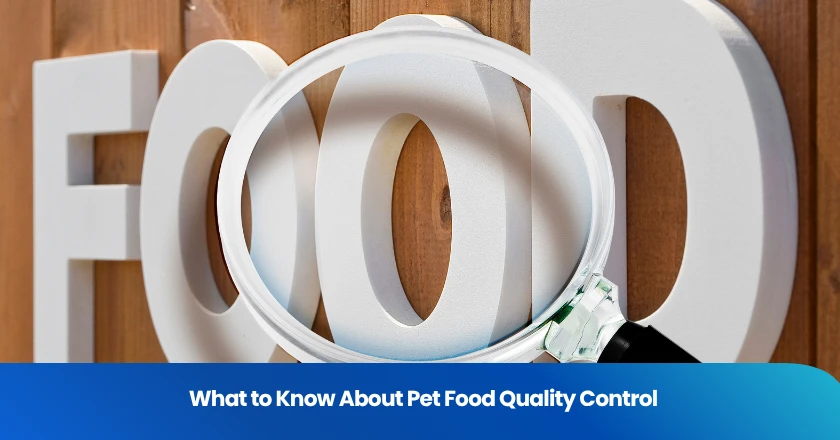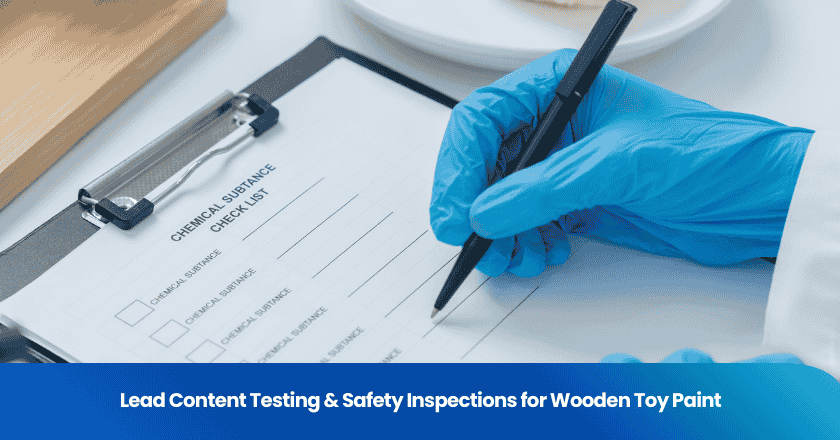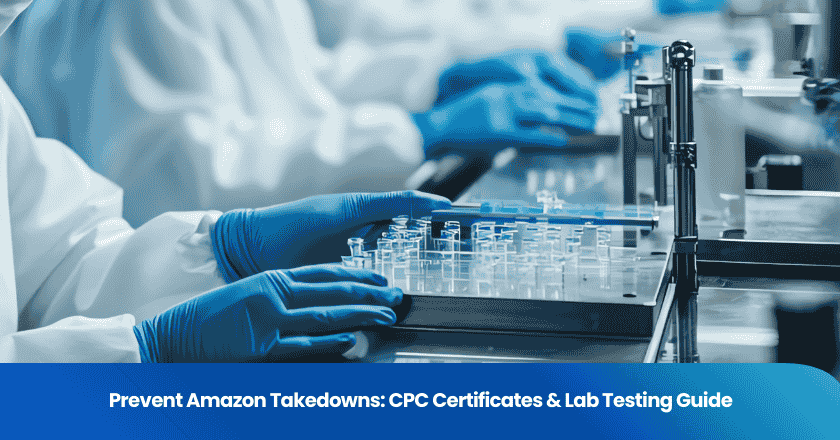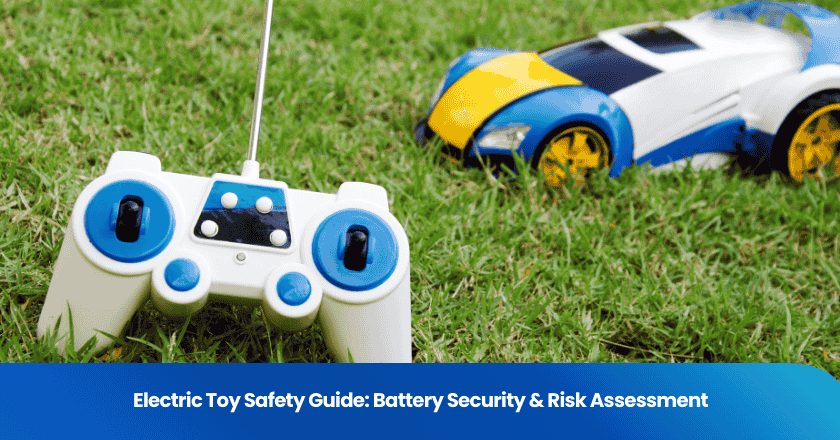
You want your pet to stay healthy and safe. Pet food quality control helps protect your pet from harmful substances. Sometimes, pet food can contain dangerous bacteria or lack important nutrients. Labels may also confuse you with unclear information. When you learn about these risks, you can make better choices for your pet’s meals.
Key Takeaways
- Pet food quality control watches each step of making pet food. This helps keep your pet’s food safe and healthy.
- Groups like AAFCO and the FDA make rules for pet food. These rules help make sure ingredients and labels are safe and healthy.
- Find labels that say "complete and balanced." This means your pet gets all the nutrients they need.
- Read the ingredient list and product name closely. This helps you know what is in your pet’s food.
- Store pet food the right way at home. Clean your pet’s bowls often to keep your pet safe and healthy.
Pet Food Quality Control
What It Means
Pet food quality control means checking every step of making pet food. You want to know that the food your pet eats is safe and healthy. This process starts with choosing good ingredients. Workers test these ingredients for safety and freshness. They also watch how the food is made in the factory. Machines mix, cook, and pack the food. Inspectors check the final product before it leaves the factory. You can think of pet food quality control as a safety net. It helps stop problems before they reach your pet’s bowl.
Tip: Always look for information about how a company checks its pet food. This shows they care about your pet’s health.
Why It Matters
You trust pet food to keep your pet strong and happy. If the food has problems, your pet could get sick. Sometimes, food can have germs or harmful chemicals. Other times, it might not have the right nutrients. Pet food quality control helps prevent these risks. When you choose food made with strong safety checks, you lower the chance of illness. You also help your pet get the nutrition they need every day.
• Safe food means fewer trips to the vet.
• Good quality control means more peace of mind for you.
Pet food quality control protects both you and your pet. You make better choices when you know what goes into your pet’s food.
Pet Food Regulations
AAFCO and FDA Roles
You might wonder who makes sure your pet’s food is safe. Two main groups help protect your pet: AAFCO and the FDA. AAFCO stands for the Association of American Feed Control Officials. This group sets guidelines for what goes into pet food. They define ingredients and decide what nutrients your pet needs. AAFCO also creates model regulations that states can use to check pet food products.
The FDA, or Food and Drug Administration, watches over the safety of pet food in the United States. The FDA checks that companies use safe ingredients. They also make sure factories follow good safety plans. The FDA does not approve each pet food before it goes to stores. Instead, they review ingredients and inspect plants to prevent problems. If a company uses a new ingredient, the FDA checks if it is safe for pets.
Note: The FDA can recall pet food if they find a safety risk. You can check their website for updates on recalls.
Label Standards
Labels on pet food must follow strict rules. AAFCO sets standards for what you see on the package. The label must list all ingredients in order by weight. It also needs to show the guaranteed analysis, which tells you the levels of protein, fat, fiber, and moisture. The FDA checks that labels do not make false claims. You should always read the label to know what you are feeding your pet.
Here is a quick guide to what you might see on a pet food label:
| Label Part | What It Means |
|---|---|
| Ingredient List | Shows all ingredients by weight |
| Guaranteed Analysis | Lists key nutrients |
| Feeding Directions | Tells you how much to feed |
| Nutritional Adequacy | States if food meets AAFCO standards |
Understanding these rules helps you choose safe and healthy food for your pet.
Nutritional Requirements
Complete and Balanced
You want your pet to get all the nutrients they need. Pet food must meet certain nutritional requirements to support your pet’s health. When you see the phrase “complete and balanced” on a pet food label, it means the food provides all the essential nutrients in the right amounts. These nutrients include protein, fat, carbohydrates, vitamins, and minerals. Pets need these nutrients for energy, growth, and a strong immune system.
A food that meets nutritional requirements helps your pet stay active and healthy. If a food does not meet these needs, your pet could develop health problems. For example, a lack of certain vitamins can cause weakness or skin issues. Too much or too little of one nutrient can also harm your pet. Always check the label for a statement that says the food is complete and balanced for your pet’s life stage, such as puppy, adult, or senior.
Tip: Look for a nutritional adequacy statement on the package. This shows the food meets expert guidelines for your pet’s needs.
Feeding Trials
Feeding trials help prove that pet food supports good health. In a feeding trial, pets eat the food for a set time. Experts watch the pets to see if they stay healthy and active. If the pets do well, the food passes the test. Feeding trials give you extra confidence that the food works in real life, not just on paper.
Some foods only meet nutrient profiles based on lab tests. Feeding trials go a step further. They show the food can keep pets healthy over time. When you see that a food passed a feeding trial, you know it has been tested with real pets.
Pet Food Quality Assessment
Ingredient Lists
When you pick up a bag or can of pet food, the ingredient list gives you important clues about pet food quality. The list shows every ingredient in the food, starting with the one that weighs the most. If you see meat or fish listed first, you know the food contains a good amount of animal protein. Whole grains, vegetables, and added vitamins also help support your pet’s health.
You should look for simple, easy-to-understand ingredients. Words like "chicken," "beef," or "salmon" are clear. If you see long chemical names, you might want to learn what they mean. Some of these are vitamins or minerals that help balance the food. Others may be preservatives that keep the food fresh.
Ingredient lists help you spot possible allergens. If your pet has a food allergy, you can check the list for problem ingredients. You can also compare different foods to see which one uses higher-quality ingredients.
Tip: The first five ingredients often make up most of the food. Focus on these when you want to judge pet food quality.
Ingredient lists have limits. They do not tell you how much of each ingredient is in the food. A food might list chicken first, but it could still have more grains than meat after cooking. Ingredient splitting can also make it hard to judge pet food quality. For example, a company might list "corn meal," "corn gluten," and "ground corn" separately. This makes corn look less important, even if it adds up to a large part of the food.
Product Names
Product names on pet food packages can tell you a lot about what is inside. Words like "Chicken Dinner," "Beef Recipe," or "Salmon Entrée" follow rules set by pet food quality control groups. If a product says "Chicken Dog Food," it must contain at least 95% chicken (not counting water). If it says "Chicken Dinner" or "Chicken Recipe," it only needs to have 25% chicken. If you see "with Chicken," the food must have at least 3% chicken. The word "flavor" means the food only needs to taste like chicken, with no minimum amount required.
You should read product names carefully. They help you understand how much of the main ingredient is really in the food. This helps you make better choices for your pet’s nutrition.
Note: Product names can sound healthy or appealing, but always check the ingredient list and the guaranteed analysis for the full story.
Some labels use words like "premium," "natural," or "gourmet." These words do not always mean better pet food quality. The law does not require special standards for these terms. You should focus on facts, not just marketing words.
Understanding both ingredient lists and product names helps you judge pet food quality. You can use this knowledge to choose safer, healthier food for your pet. Pet food quality control systems help make sure labels match what is inside the package, but you still need to read carefully.
Quality Control Measures
Manufacturing Practices
You want to know that your pet’s food is made safely. Good manufacturing practices help keep pet food quality high. Workers follow strict rules to keep factories clean. They wear special clothing and wash their hands often. Machines mix and cook the food at the right temperatures. This helps kill germs and keeps the food safe.
Factories use quality control systems to check every step. Workers test ingredients before they enter the factory. They also check the food during and after cooking. Some companies use rapid analysis techniques like NIR spectroscopy. This tool uses light to check the food’s nutrients and moisture in seconds. You can trust that these checks help keep your pet’s food safe.
Packaging inspection is another important step. Workers look for holes, tears, or broken seals. Safe packaging keeps food fresh and stops germs from getting in.
Safety Testing
You want to feel sure that your pet’s food is safe to eat. Safety testing checks for harmful bacteria, mold, and chemicals. Workers take samples from each batch and test them in a lab. If they find a problem, they stop the food from leaving the factory.
Food safety plans are very important. The FDA PCAF rule says that companies must have a plan to find and fix safety risks. This rule helps protect your pet from unsafe food. Companies also check that every ingredient is safe. They use GRAS (Generally Recognized As Safe) evaluations to make sure ingredients will not harm pets.
Tip: You can look for information about a company’s safety testing on their website or packaging. This shows they care about your pet’s health.
Choosing Safe Pet Food
Evaluating Brands
You want to feel confident about the food you give your pet. Start by checking if the company has qualified staff, such as veterinarians or animal nutritionists. These experts help create safe and healthy recipes. Look for brands that share information about their team and their process. Transparency shows that a company cares about your pet’s well-being.
You can also check if the company follows trusted guidelines, like those from the World Small Animal Veterinary Association (WSAVA). These guidelines help companies make sure their food meets high standards. Companies that follow these rules often provide more details about their ingredients, testing, and safety checks.
Ask yourself these questions when you evaluate a brand:
• Does the company have animal nutrition experts on staff?
• Do they share details about their ingredient sources and safety testing?
• Do they follow WSAVA or similar guidelines?
If you answer “yes” to these questions, you can feel more confident in your choice.
Practical Tips
You can take simple steps to keep your pet safe at home. Always read the label before you buy new food. Check for a statement that says the food is “complete and balanced.” When you switch foods, do it slowly over a week. Mix a small amount of the new food with the old food. This helps your pet’s stomach adjust.
Keep your pet’s food fresh by sealing the bag or container after each use. Store dry food in a cool, dry place. Wash your pet’s bowls and utensils every day with hot, soapy water. This helps prevent germs from growing.
Tip: If you notice any changes in your pet’s appetite or health, talk to your veterinarian right away.
Choosing safe pet food means paying attention to details and following good habits at home.
You play a key role in your pet’s health by choosing safe and nutritious food. Pet food quality control protects your pet from harm and supports their well-being. Use the steps in this guide to make smart choices at the store and at home. If you have questions, ask your veterinarian or check trusted resources. Stay informed and proactive. Your attention helps your pet live a happier, healthier life.
FAQ
What does "complete and balanced" mean on pet food?
"Complete and balanced" means the food gives your pet all the nutrients they need for good health. You can trust that the food meets expert guidelines for your pet’s life stage.
How can you tell if pet food is safe?
You should check for a nutritional adequacy statement, clear ingredient lists, and information about safety testing. Look for recalls on trusted websites. Clean your pet’s bowls and store food properly.
Why do ingredient lists matter?
Ingredient lists show what goes into your pet’s food. You can spot main ingredients, possible allergens, and added nutrients. Focus on the first five ingredients for the best idea of quality.
What should you do if your pet gets sick after eating?
Stop feeding the food right away. Save the packaging and contact your veterinarian. You can also report the problem to the FDA or your local pet food regulator.
How often should you change your pet’s food?
You do not need to change food often unless your veterinarian suggests it. If you switch, do it slowly over a week to help your pet’s stomach adjust.
Grow your business with TradeAider Service
Click the button below to directly enter the TradeAider Service System. The simple steps from booking and payment to receiving reports are easy to operate.



